Below, left, the hunting tower seen on the drive before you reach the car park, dates from the 16th C., rebuilt in the 18th. It is known as The Cage. The painting on the right is a view from the north in the 17th C. The middle row, left, the North façade as it looks today. A view from the south; The sunken garden is behind the wall.
The estate came to the Leghs of Lyme by marriage in 1388 and remained in the Legh family until it was given to the National Trust in 1946. The house was built in the 16th C. and largely redesigned by Leoni. In the 18th C., architect Lewis Wyatt made further changes, leaving the house as a combination of Elizabethan, neoclassic, baroque and regency styles.
Formal gardens were created and developed in the late 19th and early 20th centuries. During World War II, the Royal Air Force used the deer park as a lorry depot.

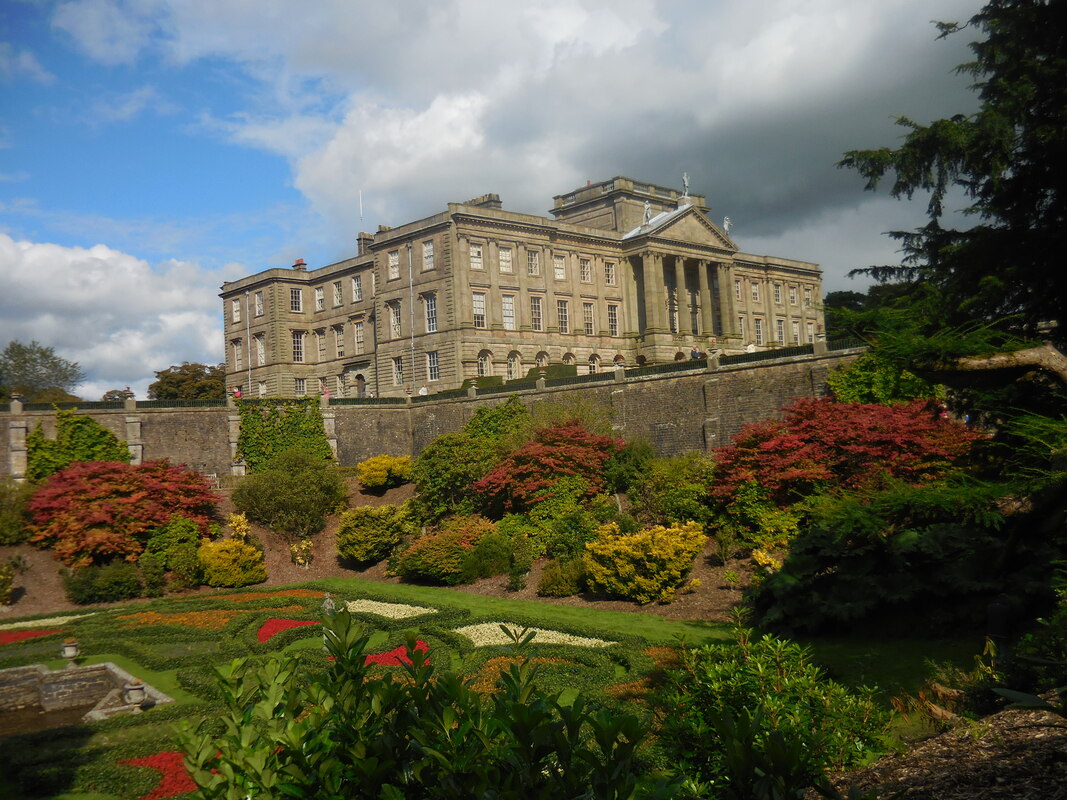
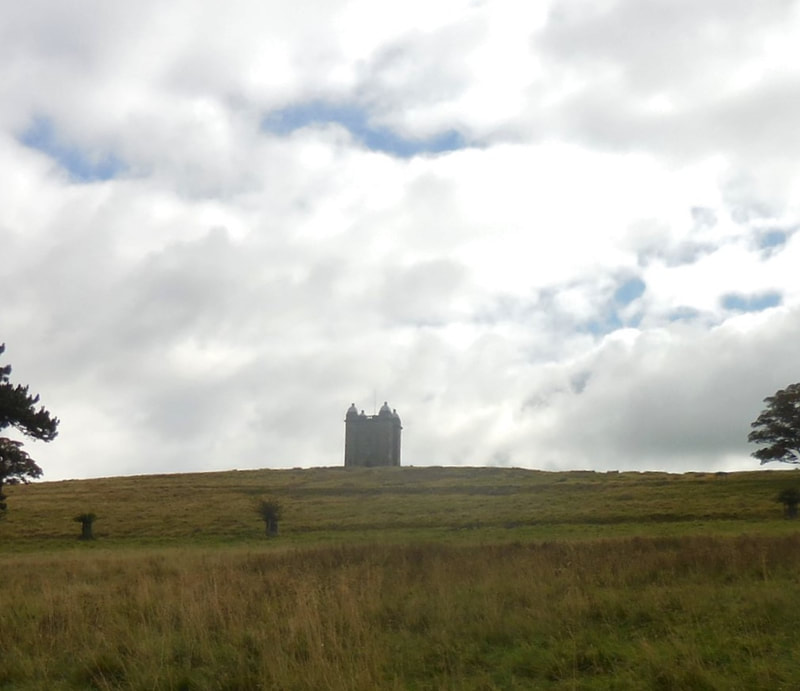
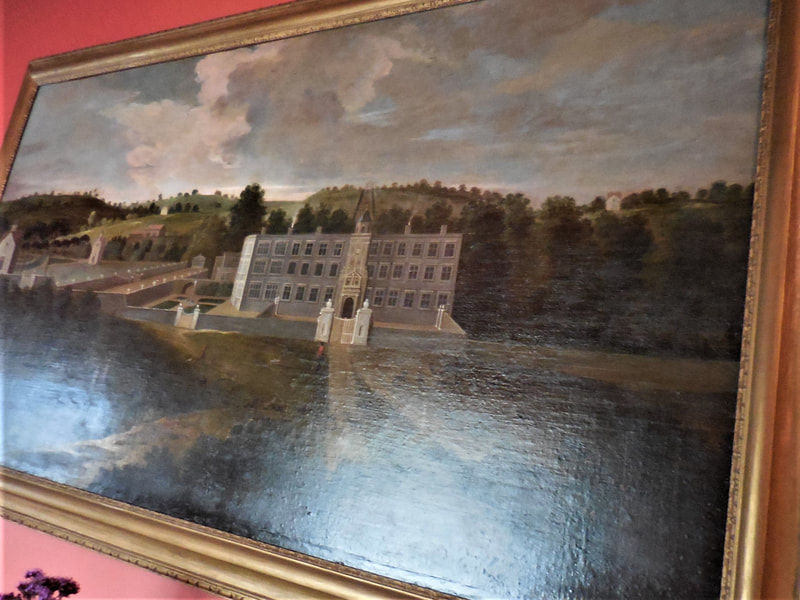
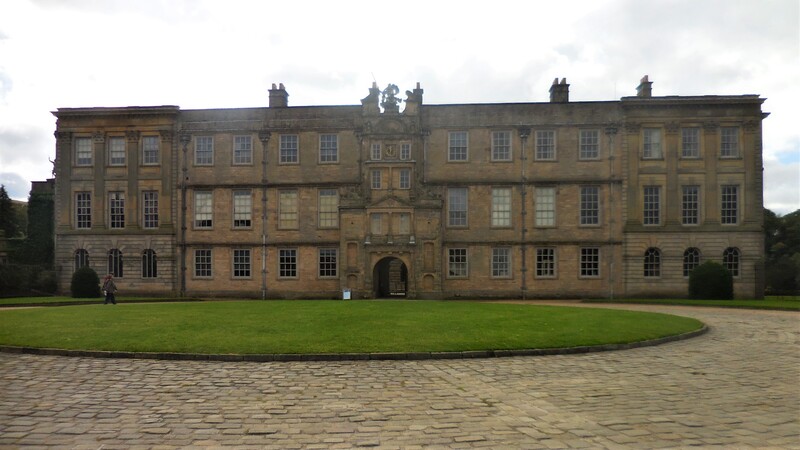
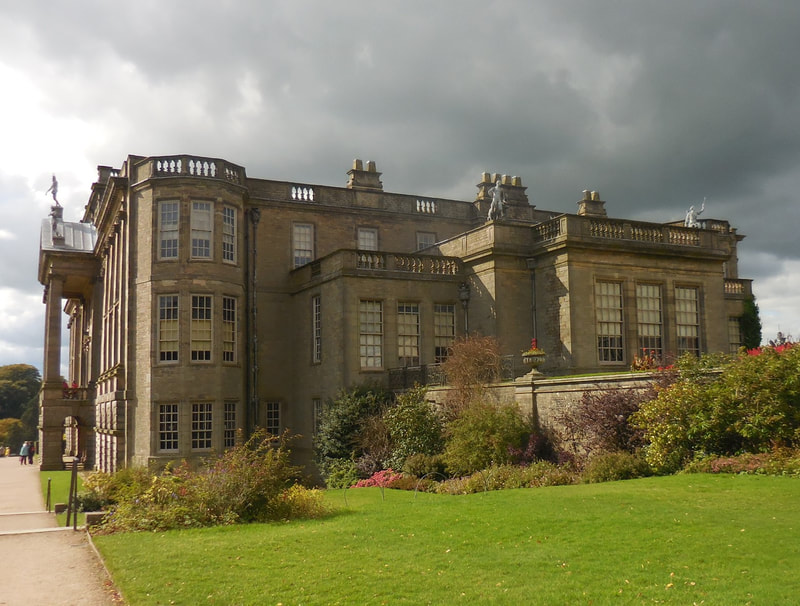
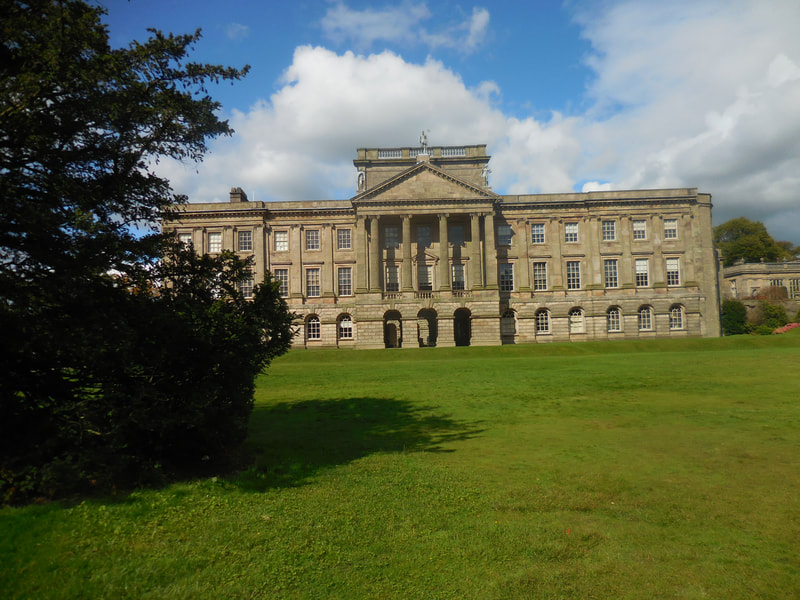
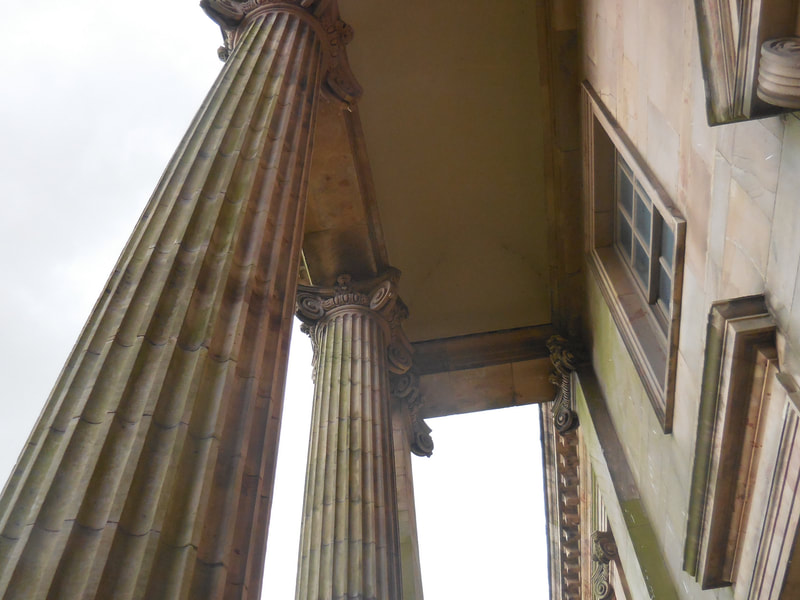
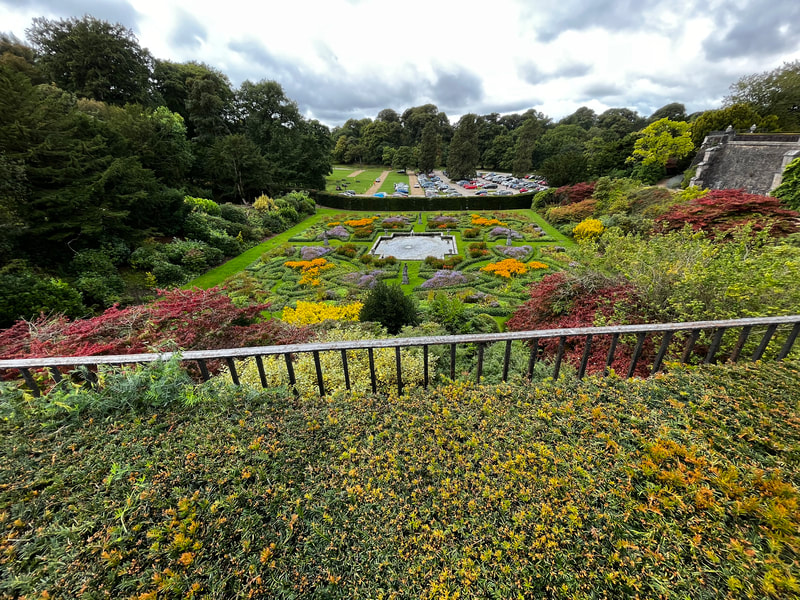
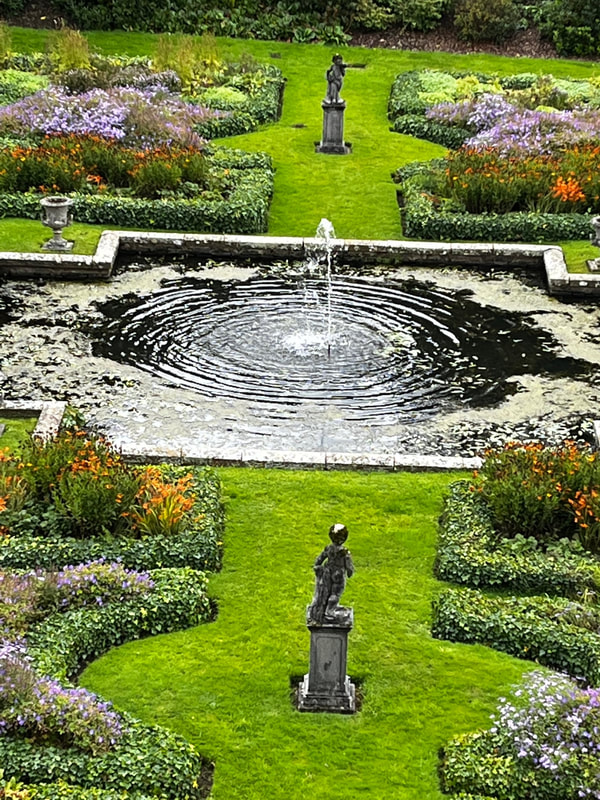
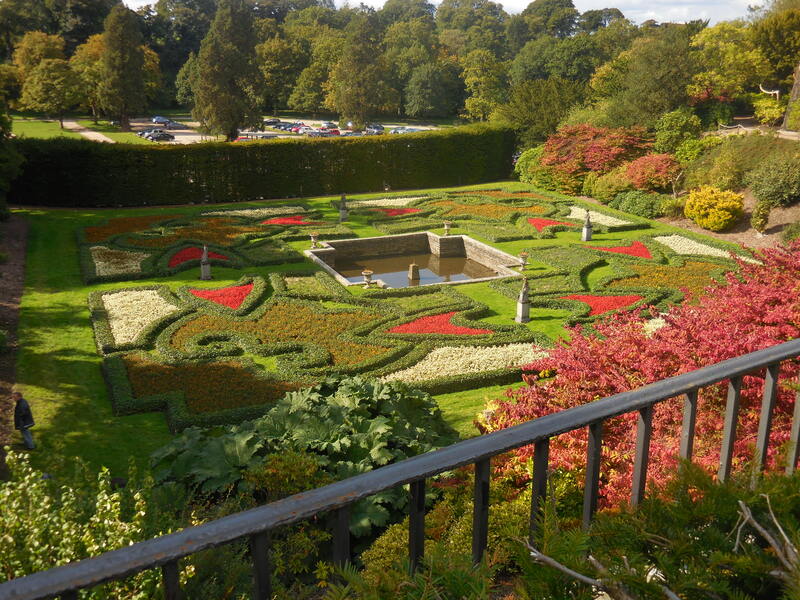
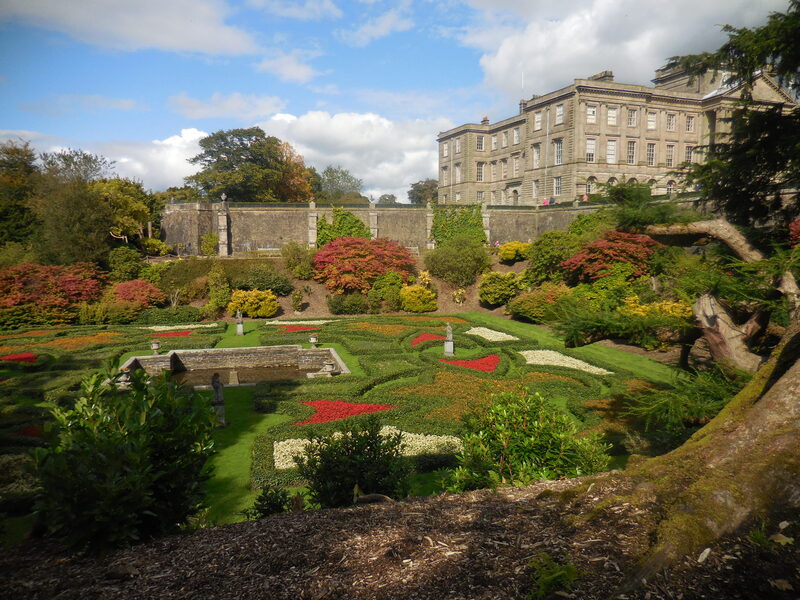
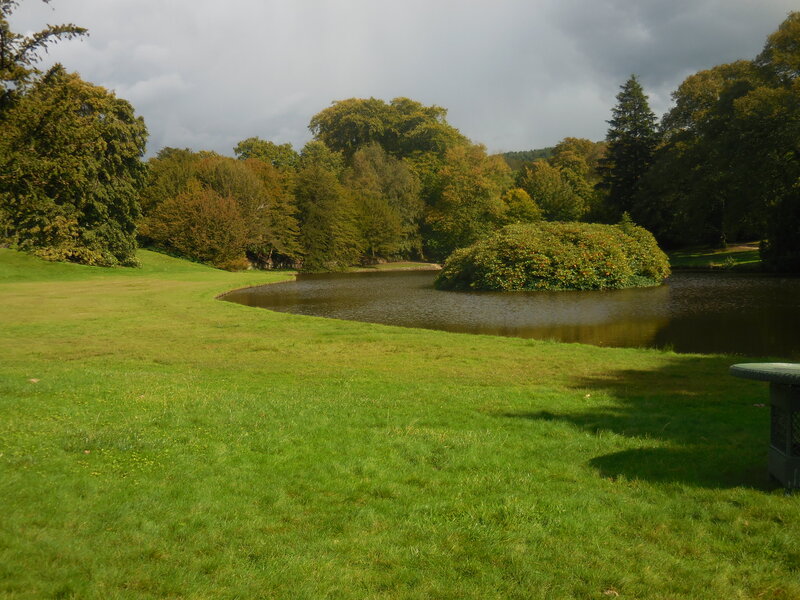
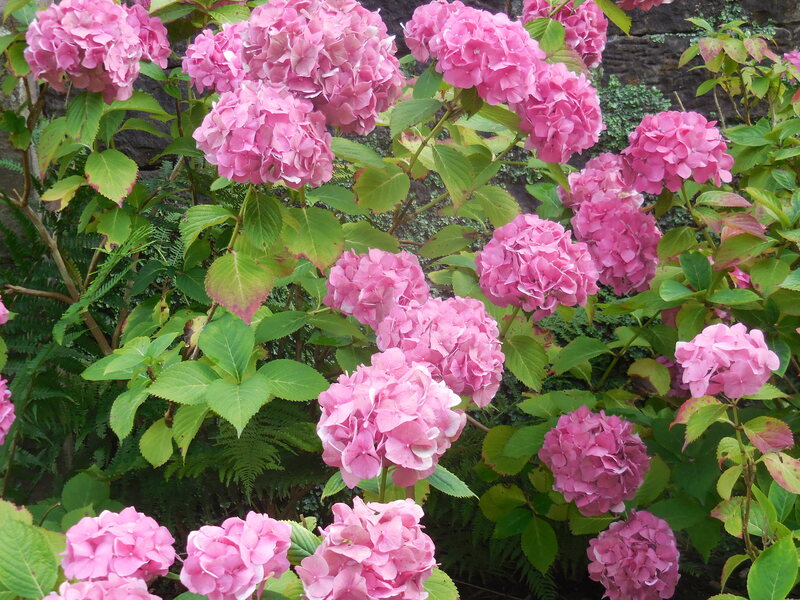
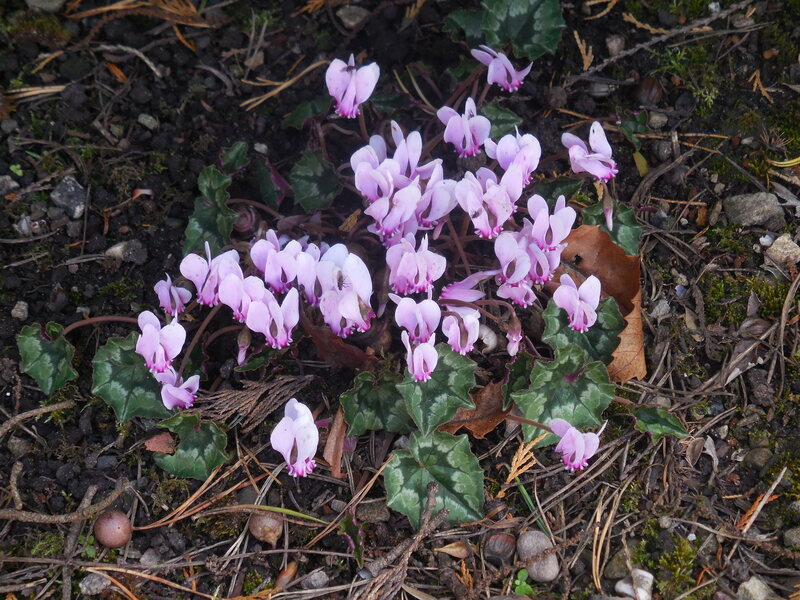
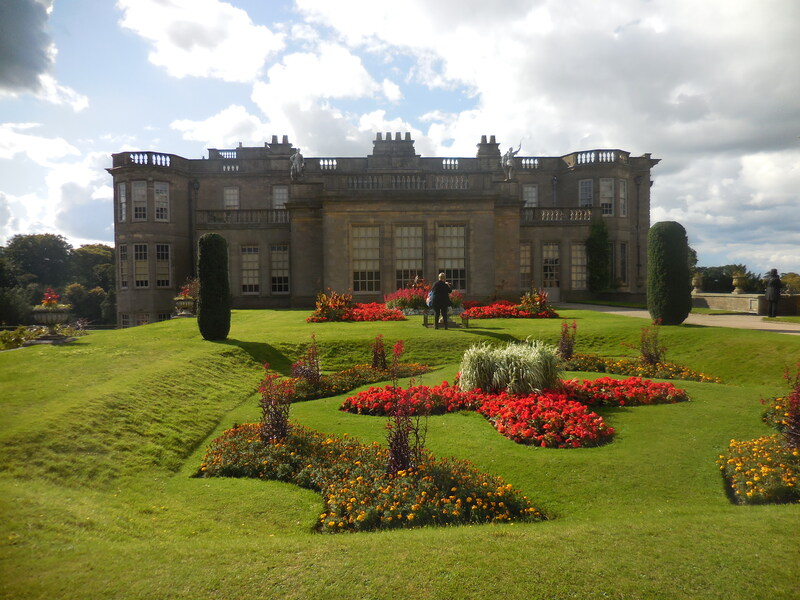
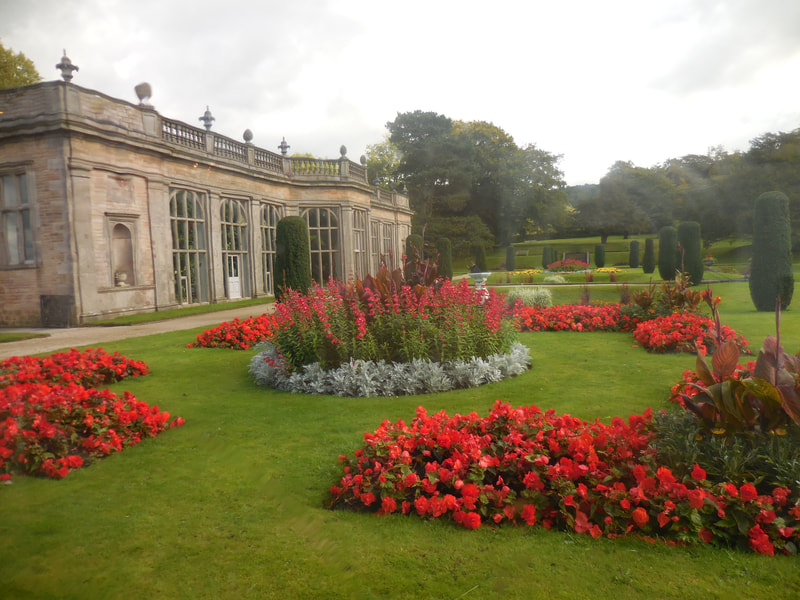
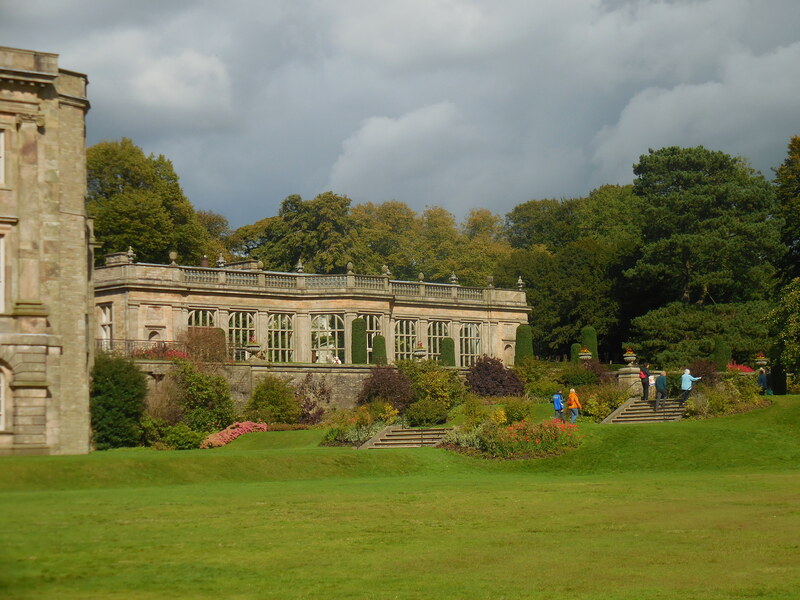
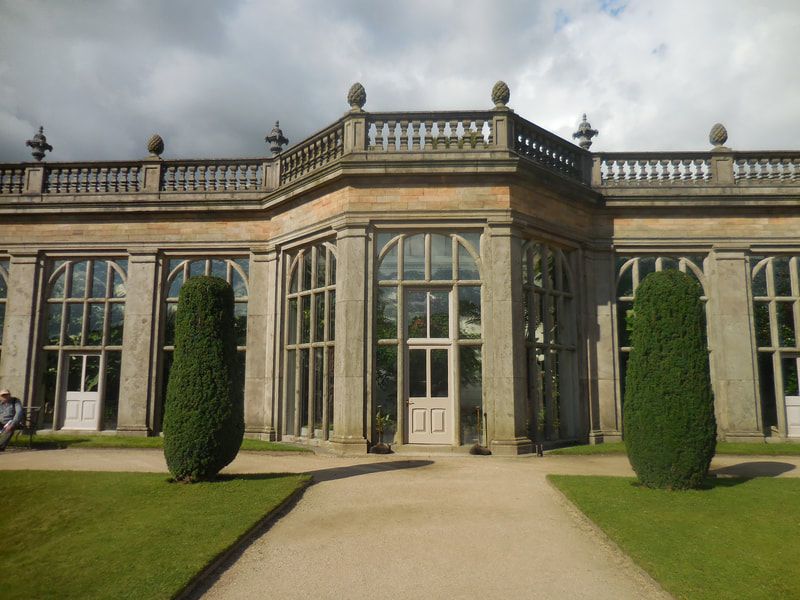
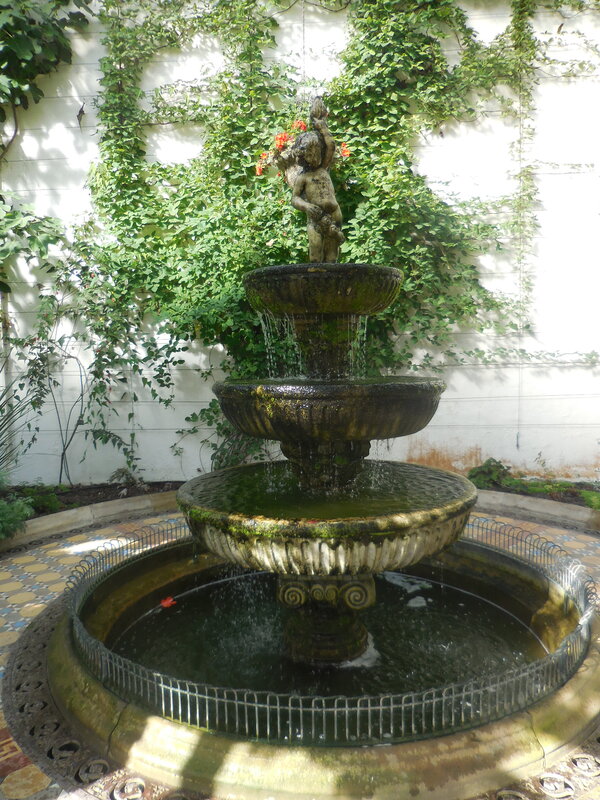
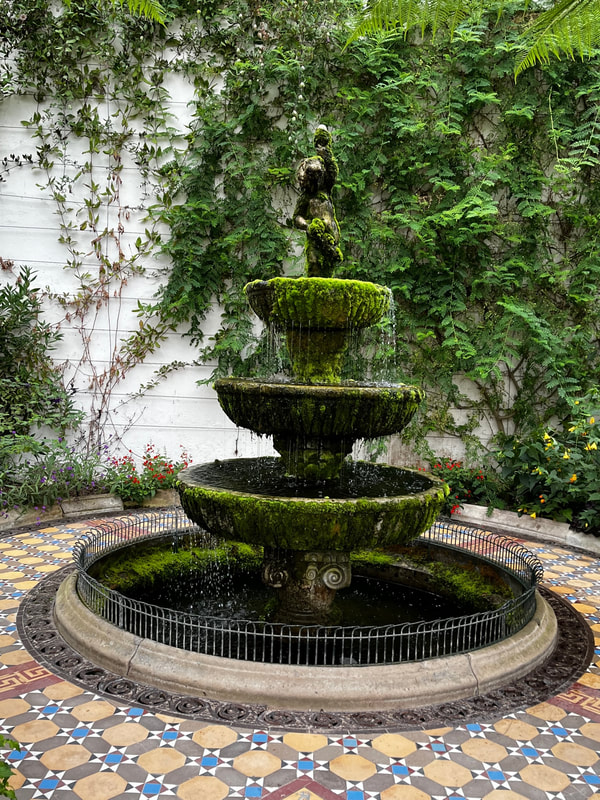
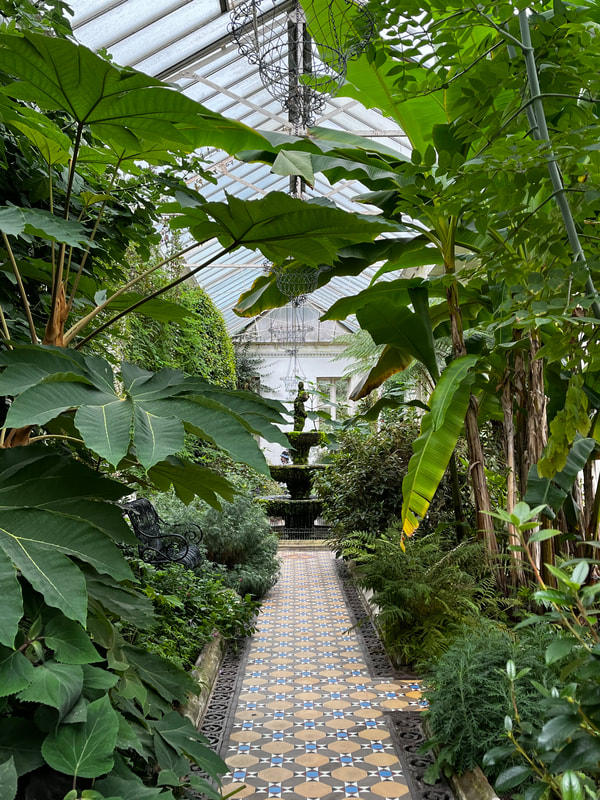
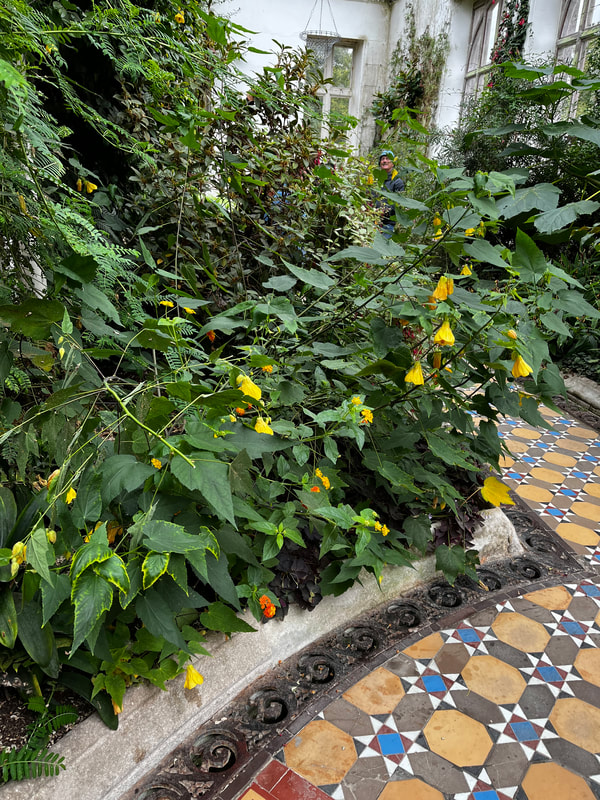
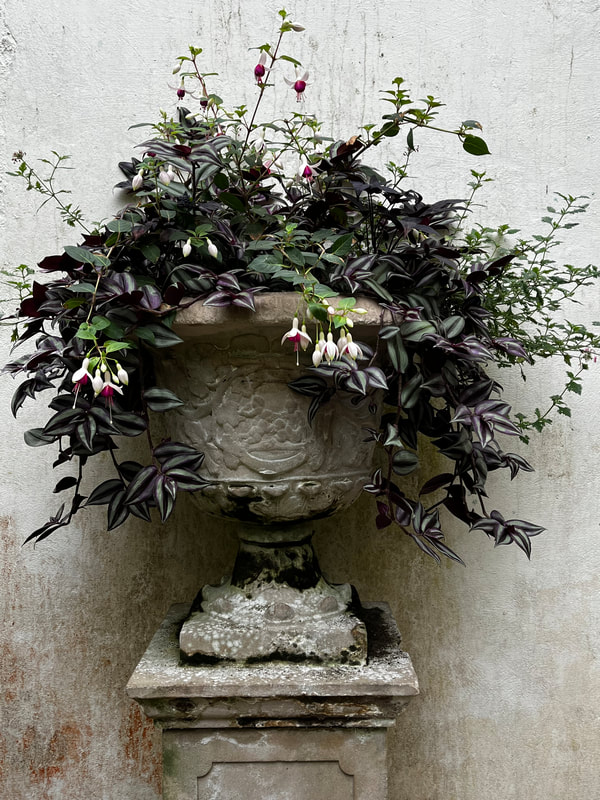
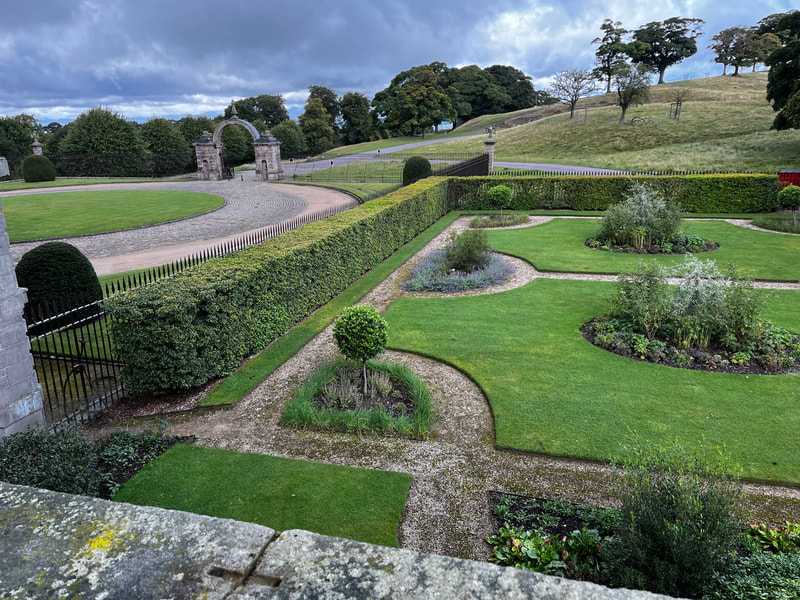
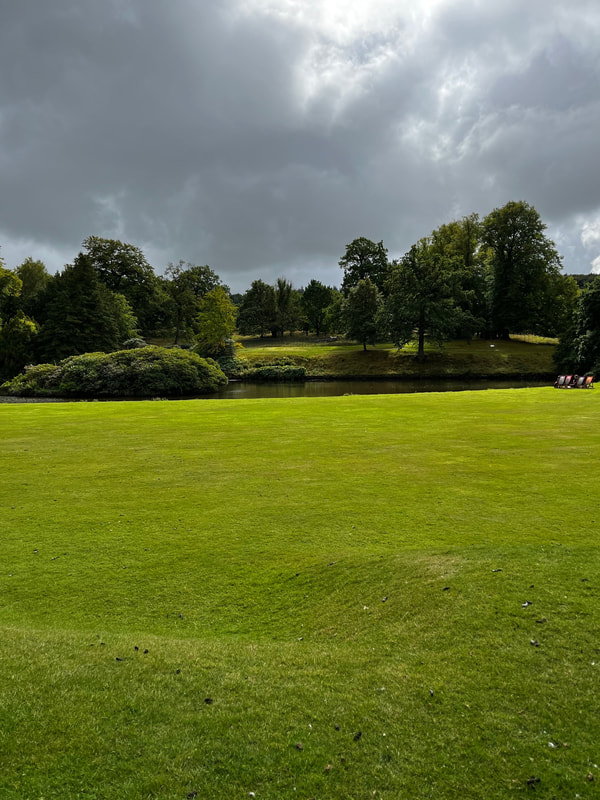
 RSS Feed
RSS Feed